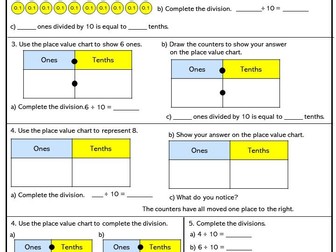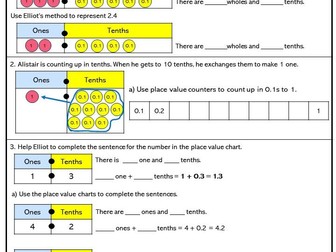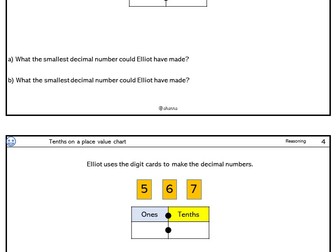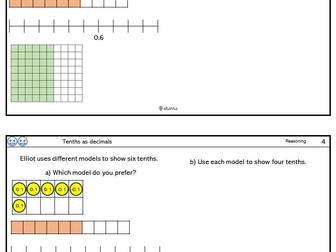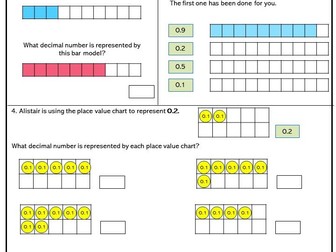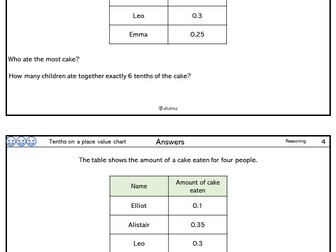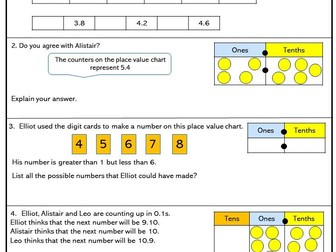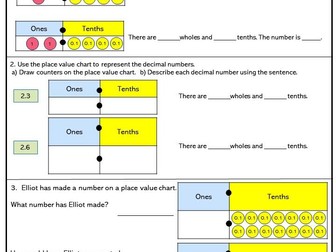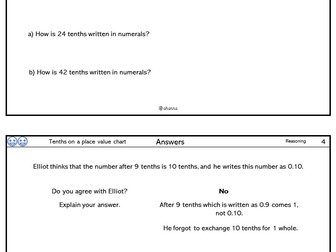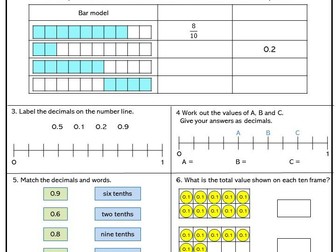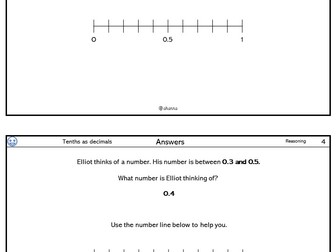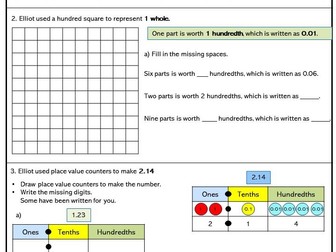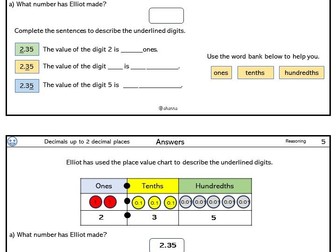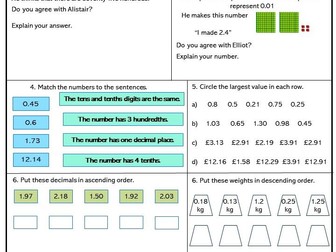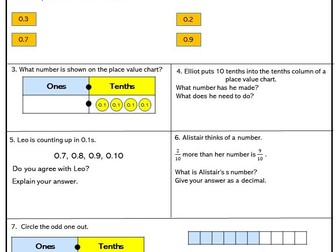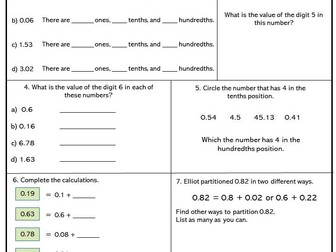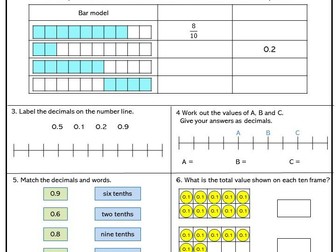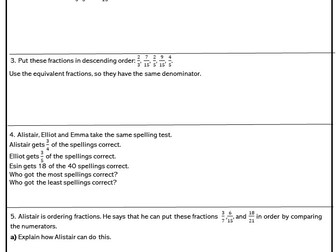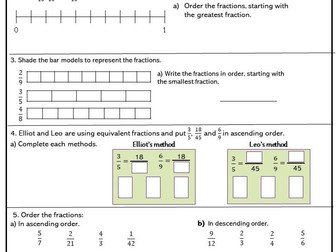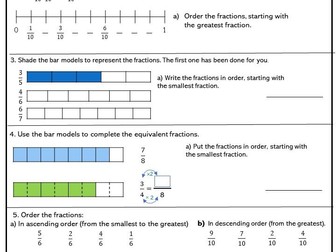
Year 4 Decimals - Divide 1-digit number by 10
In this worksheet, children find the effect of dividing a 1-digit number by 10, identifying the value of the digits in the answer as tenths.
They divide a 1-digit number by 10, resulting in a decimal number with 1 decimal place. The number is shared into 10 equal parts. This can be shown by exchanging each place value counter worth 1 for ten 0.1 counters.
They recognise that when using a place value chart, they move all of the digits one place to the right when dividing by 10.
Ask, “What number is represented on the place value chart?”
" When dividing a number by 10, how many equal parts is the number split into?"
“How many tenths are there in 1 whole/2 wholes/3 wholes?”
